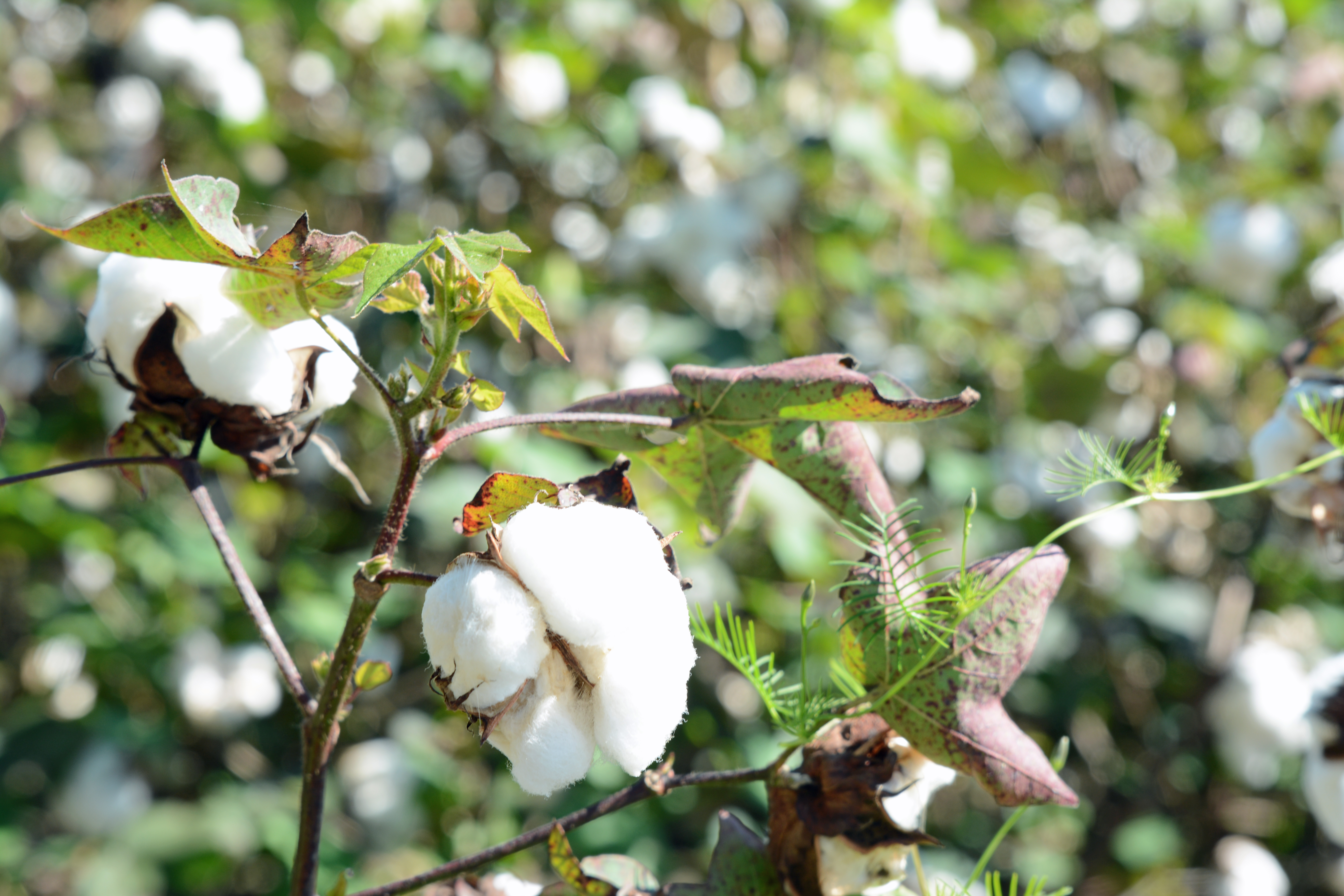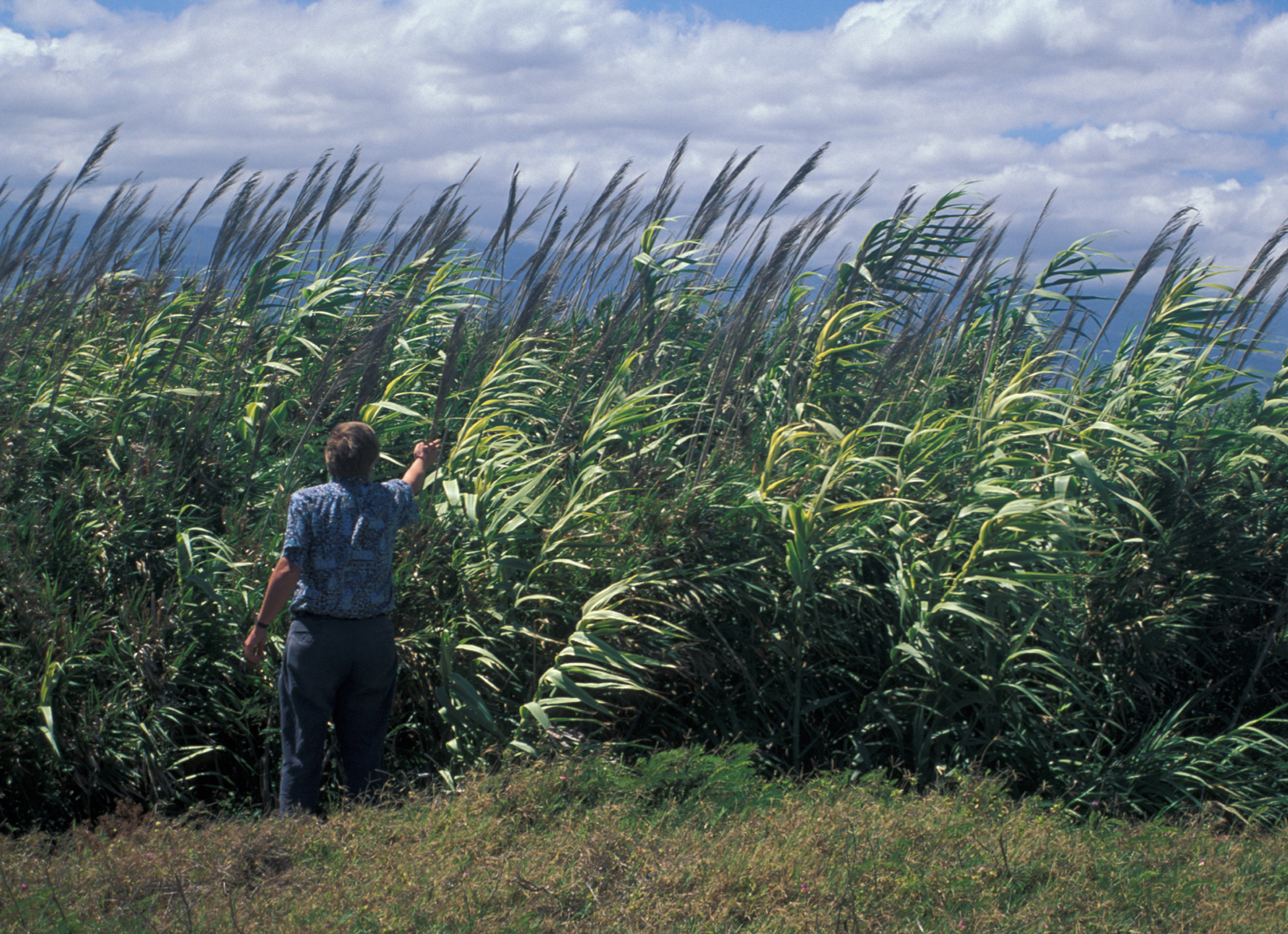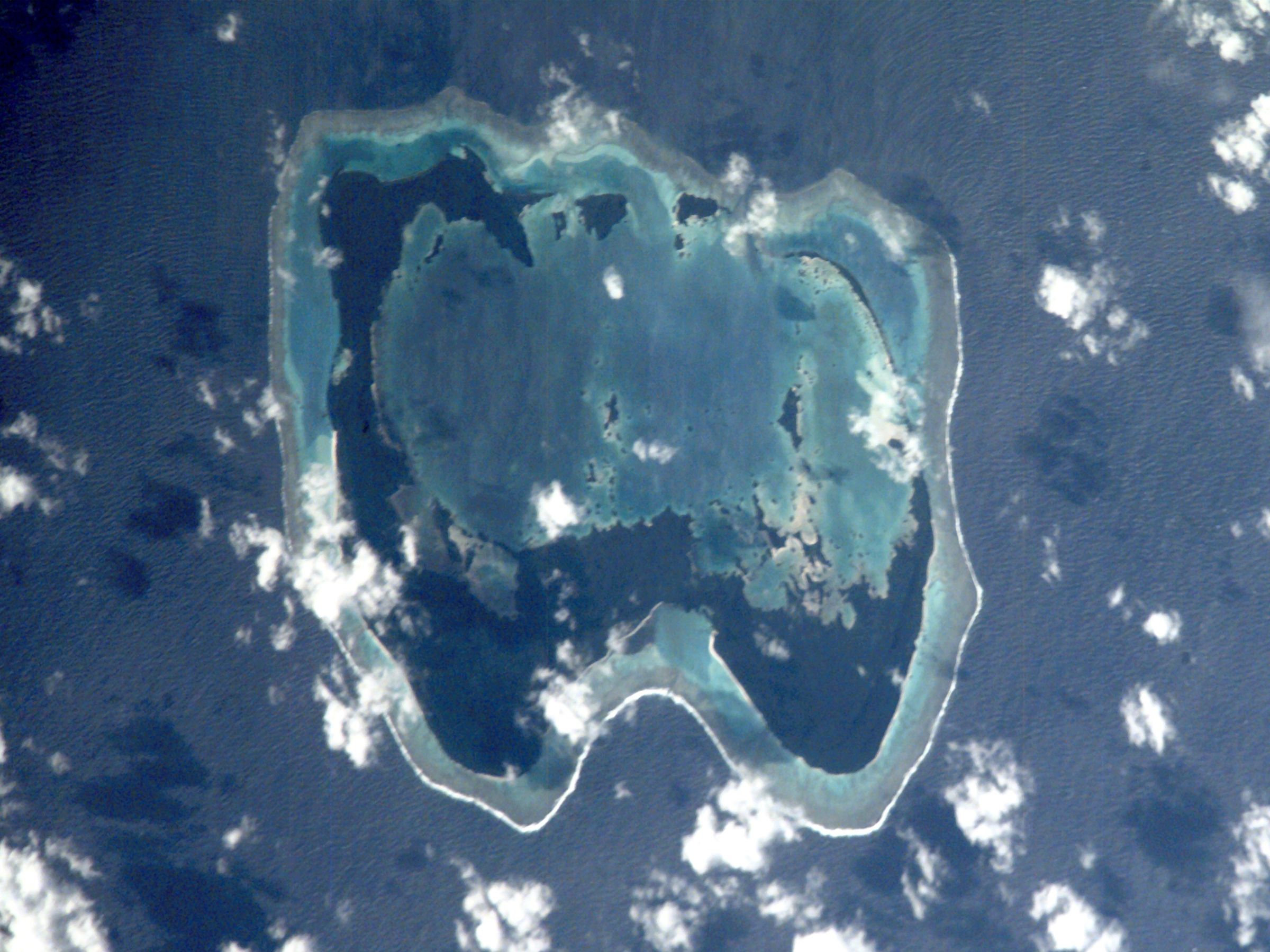|
Magimagi
Magimagi is a fibrous product made from coconut husk. The process of weaving the husk into the traditional look is very labor-intensive. The earliest record of the unique Magimagi design is listed in the ''Narrative of the United States Exploring Expedition'' by Wilkes (Wilkes, 1845). Concerning the huts named bures that were on the island Wilkes says, “The walls and roof of the mbure ureare constructed of canes about the size of a finger, and each one is wound round with sennit agimagias thick as cod-line, made from the cocoa-nut husk” (p. 119). The forefathers of the current inhabitants of the Vulaga islands used Magimagi in the construction of their houses and canoes. The unique weaved design is accomplished by Vulaga teams that are able to design many graphics into the look. Magimagi coconut trees take about five years to bear fruit. The husks from the nuts are braided and woven into a strong, thin rope "as thick as a cod line". The Magimagi coconut only grows ... [...More Info...] [...Related Items...] OR: [Wikipedia] [Google] [Baidu] |
Architecture Of Samoa
The architecture of Samoa is characterised by openness, with the design mirroring the culture and life of the Samoan people who inhabit the Samoa Islands. Recording the Cultural Heritages of Samoa and the Fiji Islands, U. Herbig, G. Zohrer, F. Samoliy. Retrieved 26 October 2009 Architectural concepts are incorporated into , oratory and metaphors, as well as linking to other art forms in Samoa, such as boat building and |
Joana Monolagi
Joana Monolagi is a Fijian artist and masi maker, whose work is in the collection of Auckland Art Gallery. She was awarded the Pacific Heritage Art Award in 2015 at the Arts Pasifika Awards, recognising her work in supporting art and culture, her role as Fijian coordinator for the Pasifika Festival, and her own unique artistic practice. She is part of The Veiqia Project arts collective. Biography Monolagi was born in Ba, Serua Province. She moved to New Zealand in the mid to late 1970s. In 1990 she began to learn how to weave and print masi (barkcloth), teaching herself from memories she had of watching women in Fiji make the cloth when she was younger. Monolagi says of her upbringing: "It fascinated me to watch and grow up with all these things – weaving, printing, mending and knotting."In her artistic practice Monolagi combines traditional materials, such as masi and magimagi, alongside modern ones, such as iron-on fabrics. Her works are described as both contemporary ... [...More Info...] [...Related Items...] OR: [Wikipedia] [Google] [Baidu] |
Sennit
Sennit is a type of cordage made by plaiting strands of dried fibre or grass. It can be used ornamentally in crafts, like a kind of ''macramé'', or to make straw hats. Sennit is an important material in the cultures of Oceania, where it is used in traditional architecture, boat building, fishing and as an ornamentation. Oceania Tonga Sennit in Tonga is called ''kafa.'' Fiji The Fijian term used is '' magimagi'', a craft product of the Fiji Islands. Hawai'i The term is also used in Hawaii and throughout Polynesia for cordage made by braiding the fibers of coconut husks. It was important in attaching the '' ama'' (outrigger float) via the '' iako'' (spars) to the hull of canoes, stones to war-club handles, erecting ''hale'' (houses), etc. Samoa In the Samoan language, sennit is called ''afa''. It was used as cordage in the construction of traditional Samoan architecture, boat building with many other functional uses. ''Afa'' is handmade from dried coconut fibre from t ... [...More Info...] [...Related Items...] OR: [Wikipedia] [Google] [Baidu] |
Natural Fiber
Natural fibers or natural fibres (see spelling differences) are fibers that are produced by geological processes, or from the bodies of plants or animals. They can be used as a component of composite materials, where the orientation of fibers impacts the properties. Natural fibers can also be matted into sheets to make paper or felt. The earliest evidence of humans using fibers is the discovery of wool and dyed flax fibers found in a prehistoric cave in the Republic of Georgia that date back to 36,000 BP. Natural fibers can be used for high-tech applications, such as composite parts for automobiles and medical supplies. Compared to composites reinforced with glass fibers, composites with natural fibers have advantages such as lower density, better thermal insulation, and reduced skin irritation. Further, unlike glass fibers, natural fibers can be broken down by bacteria once they are no longer used. Natural fibers are good water absorbents and can be found in various textur ... [...More Info...] [...Related Items...] OR: [Wikipedia] [Google] [Baidu] |
Coconut
The coconut tree (''Cocos nucifera'') is a member of the palm tree family ( Arecaceae) and the only living species of the genus ''Cocos''. The term "coconut" (or the archaic "cocoanut") can refer to the whole coconut palm, the seed, or the fruit, which botanically is a drupe, not a nut. The name comes from the old Portuguese word '' coco'', meaning "head" or "skull", after the three indentations on the coconut shell that resemble facial features. They are ubiquitous in coastal tropical regions and are a cultural icon of the tropics. The coconut tree provides food, fuel, cosmetics, folk medicine and building materials, among many other uses. The inner flesh of the mature seed, as well as the coconut milk extracted from it, form a regular part of the diets of many people in the tropics and subtropics. Coconuts are distinct from other fruits because their endosperm contains a large quantity of clear liquid, called ''coconut water'' or ''coconut juice''. Mature, ripe coconut ... [...More Info...] [...Related Items...] OR: [Wikipedia] [Google] [Baidu] |
Husk
Husk (or hull) in botany is the outer shell or coating of a seed. In the United States, the term husk often refers to the leafy outer covering of an ear of maize (corn) as it grows on the plant. Literally, a husk or hull includes the protective outer covering of a seed, fruit, or vegetable. It can also refer to the exuvia of insects or other small animals left behind after moulting. In cooking, hull can also refer to other waste parts of fruits and vegetables, notably the cap or sepal of a strawberry. The husk of a legume and some similar fruits is called a pod. Husking and dehulling Husking of corn is the process of removing its outer layers, leaving only the cob or seed rack of the corn. Dehulling is the process of removing the hulls (or chaff) from beans and other seeds. This is sometimes done using a machine known as a huller. To prepare the seeds to have oils extracted from them, they are cleaned to remove any foreign objects. Next, the seeds have their hulls, or oute ... [...More Info...] [...Related Items...] OR: [Wikipedia] [Google] [Baidu] |
Weaving
Weaving is a method of textile production in which two distinct sets of yarns or threads are interlaced at right angles to form a fabric or cloth. Other methods are knitting, crocheting, felting, and braiding or plaiting. The longitudinal threads are called the warp and the lateral threads are the weft, woof, or filling. (''Weft'' is an Old English word meaning "that which is woven"; compare ''leave'' and ''left''.) The method in which these threads are interwoven affects the characteristics of the cloth. Cloth is usually woven on a loom, a device that holds the warp threads in place while filling threads are woven through them. A fabric band that meets this definition of cloth (warp threads with a weft thread winding between) can also be made using other methods, including tablet weaving, back strap loom, or other techniques that can be done without looms. The way the warp and filling threads interlace with each other is called the weave. The majority of woven products a ... [...More Info...] [...Related Items...] OR: [Wikipedia] [Google] [Baidu] |
Bure (Fiji)
''Bure'' is the Fijian word for a wood-and-straw hut, sometimes similar to a cabin. In its original sense, a ''bure'' is a structure built of anything that comes to hand. The components of a ''bure'' are either stacked together, tied together by rope, or a combination of both methods. Traditionally, ethnic Fijians lived in two types of houses; a ''vale'' was the family house, while men's houses (where circumcised males of the clan met, ate, and slept) were known as ''bures''. Both of these buildings were dark and smoky inside, with no windows and usually only one low door. ''Vales'' had hearth pits where the women cooked, and the packed earth floor was covered with grass or fern leaves and then carpeted with pandanus leaf or coarse coconut leaf mats. Usage of the term "bure" in the tourism industry Especially in the Fijian tourism industry and its advertisements, the term "bure" is often synonymous with "bungalow A bungalow is a small house or cottage that is eit ... [...More Info...] [...Related Items...] OR: [Wikipedia] [Google] [Baidu] |
Cane (grass)
Cane is any of various tall, perennial grasses with flexible, woody stalks from the genera ''Arundinaria'', Scientifically speaking, they are either of two genera from the family Poaceae. The genus ''Arundo'' is native from the Mediterranean Basin to the Far East. The genus Arundinaria is a bamboo (''Bambuseae'') found in the New World. Neither genus includes sugarcane (genus ''Saccharum'', tribe Andropogoneae). Cane commonly grows in large riparian stands known as canebrakes, found in toponyms throughout the Southern and Western United States The Western United States (also called the American West, the Far West, and the West) is the region comprising the westernmost states of the United States. As American settlement in the U.S. expanded westward, the meaning of the term ''the Wes ...; they are much like the tules (''Schoenoplectus acutus'') of California. Depending on strength, cane can be fashioned for various purposes, including walking sticks, crutches, assistive ... [...More Info...] [...Related Items...] OR: [Wikipedia] [Google] [Baidu] |
Braid
A braid (also referred to as a plait) is a complex structure or pattern formed by interlacing two or more strands of flexible material such as textile yarns, wire, or hair. The simplest and most common version is a flat, solid, three-stranded structure. More complex patterns can be constructed from an arbitrary number of strands to create a wider range of structures (such as a fishtail braid, a five-stranded braid, rope braid, a French braid and a waterfall braid). The structure is usually long and narrow with each component strand functionally equivalent in zigzagging forward through the overlapping mass of the others. It can be compared with the process of weaving, which usually involves two separate perpendicular groups of strands ( warp and weft). Historically, the materials used have depended on the indigenous plants and animals available in the local area. During the Industrial Revolution, mechanized braiding equipment was invented to increase production. The braiding t ... [...More Info...] [...Related Items...] OR: [Wikipedia] [Google] [Baidu] |
Fiji
Fiji ( , ,; fj, Viti, ; Fiji Hindi: फ़िजी, ''Fijī''), officially the Republic of Fiji, is an island country in Melanesia, part of Oceania in the South Pacific Ocean. It lies about north-northeast of New Zealand. Fiji consists of an archipelago of more than 330 islands—of which about 110 are permanently inhabited—and more than 500 islets, amounting to a total land area of about . The most outlying island group is Ono-i-Lau. About 87% of the total population of live on the two major islands, Viti Levu and Vanua Levu. About three-quarters of Fijians live on Viti Levu's coasts: either in the capital city of Suva; or in smaller urban centres such as Nadi—where tourism is the major local industry; or in Lautoka, where the Sugarcane, sugar-cane industry is dominant. The interior of Viti Levu is sparsely inhabited because of its terrain. The majority of Fiji's islands were formed by Volcano, volcanic activity starting around 150 million years ago. Some geo ... [...More Info...] [...Related Items...] OR: [Wikipedia] [Google] [Baidu] |
Vulaga
Fulaga (pronounced ) (proper name: Vulaga) is a crescent-shaped reef-limestone island in Fiji's Southern Lau Group. The spectacular lagoon and the fact that the island is a ''Pritchardia thurstonii ''Pritchardia thurstonii'' is a species of flowering plant in the family Arecaceae. It is endemic to Fiji, in particular the Lau Islands. It is threatened by habitat loss. It is sometimes known as the Thurston's palm or the Lau fan palm and is n ...'' habitat contribute to its national significance as outlined in Fiji's Biodiversity Strategy and Action Plan. Geography Situated at 19.17° South and 178.65° West, it covers an area of 18.5 square kilometres. It has a maximum elevation of 79 metres. The limestone belongs to the Koroqara Limestone (Tokalau Limestone Group) and is probably Late Miocene in age. In form it is a basin which has been breached in the north, flooding the interior, which has many islets and rocks. The island thus has this unique, beautiful lagoonNew Zealand ... [...More Info...] [...Related Items...] OR: [Wikipedia] [Google] [Baidu] |








